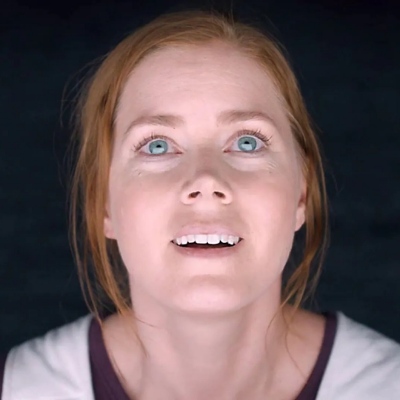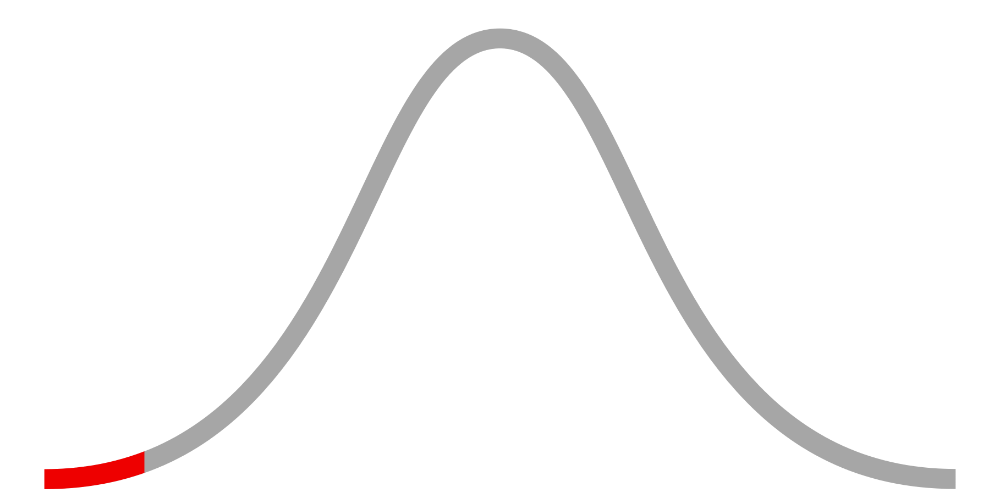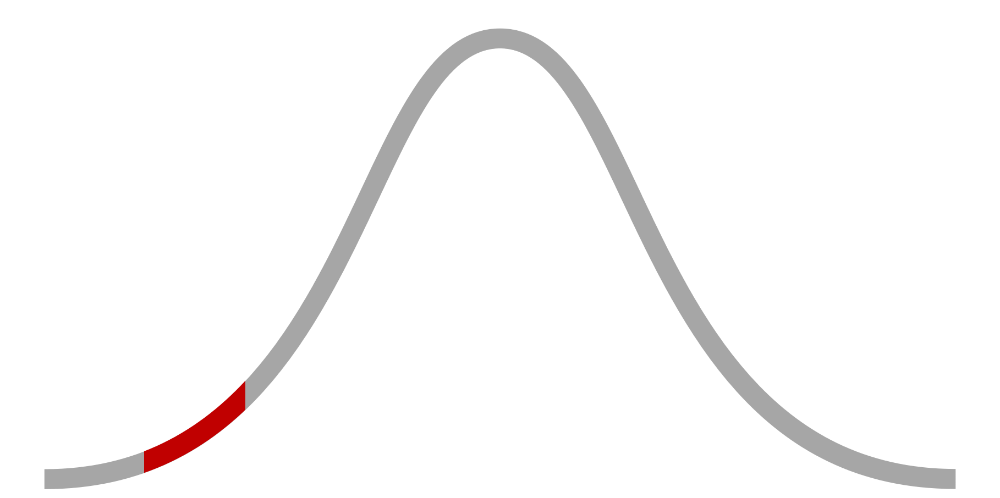 Summary & key points
Summary & key points
In 2001, Ukrainian boxer Oleksandr Usyk won a championship and, when asked how he felt, responded with the unusual phrase "I'm feel. I'm very feel." This use of "feel" as a noun emphasizes the Sensation attribute, indicating an overwhelming state of bodily-sensory perception after becoming heavyweight champion.
 Transcript
Transcript
Follow along using the transcript below or move to side panel.
Showing transcript on side panel. Move transcript here.
0:00
Felicia @ Feels
I'm feel. I'm very feel.
0:06
Felicia @ Feels
In 2001, Ukrainian professional boxer Oleksandr Usyk won a contest against a rival opponent and proceeded to give an interview.
0:13
Felicia @ Feels
When asked how he felt about becoming the world champion, Usyk said, "I'm feel. I'm very feel."
0:18
Felicia @ Feels
Words like "feel" represent the Sensation attribute, and Usyk's uncommon use of the verb "to feel" as a noun represents a form of emphasis.
0:24
Felicia @ Feels
That's why Usyk's language reflects an Ultra-High Sensation score.
0:28
Felicia @ Feels
Here's the full clip.
0:29
Felicia @ Feels
Oleksandr, how do you feel? Heavyweight champion of the world.
0:34
Felicia @ Feels
I'm feel. I'm very feel.
0:38
Felicia @ Feels
What's that?
0:39
Felicia @ Feels
Heavyweight champions.
 F
Feels Map
See the logical linguistic relationships in this Feel.

 Summary & key points
Summary & key points
Before any conflict between people, the first weapon drawn is language. That's why we call them fighting words. And in the theatres of human conflict, sometimes the impossible becomes the improbable – and a legend emerges. If you talk to other human beings, you are also a linguist. LINGA has innovative tools, products, and services to help you level up in this arena and get more of what you want from others through the power of human language. There's a linguist in all of us. Start leveling up today.
 Summary & key points
Summary & key points
In season 6, episode 6 ("Hop, Skip and a Week") of Sex and the City (2003), Charlotte finds Harry at a singles event at the synagogue and he proposes to her. Before he did, Charlotte let Harry know how much she missed him and adored him. Her strong affection and teary-eyed condition demonstrates the Emotion attribute.

 Summary & key points
Summary & key points
Bill Gates shows us how in the 1980s he had a strong sense of humor alongside the ability to jump over a chair.
 Summary & key points
Summary & key points
In the hit movie Arrival, Dr. Louise Banks, played by Amy Adams, explains to her military counterpart why she must teach the alphabet to aliens that recently arrived on Earth for an unknown purpose.
 Summary & key points
Summary & key points
In season 2, episode 1 ("Summer, Kind of Wonderful") of the hit TV show Gossip Girl (2009), high schooler Blair Waldorf is about to leave on a date when she finds herself talking to her on-off romantic partner, Chuck. Before she leaves with another man, Blair asks Chuck to declare his love by saying "three words, eight letters," implying that she wants him to say "I love you." When Chuck hesitates, Blair says "thank you" and proceeds to get in the car with her date. Blair's cold words and affect related to her romance with Chuck demonstrates a below-average example of the Emotion attribute.

















